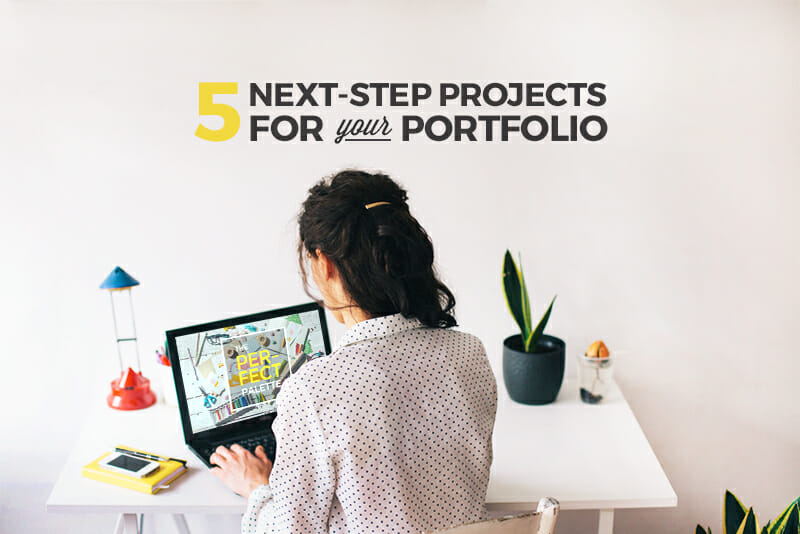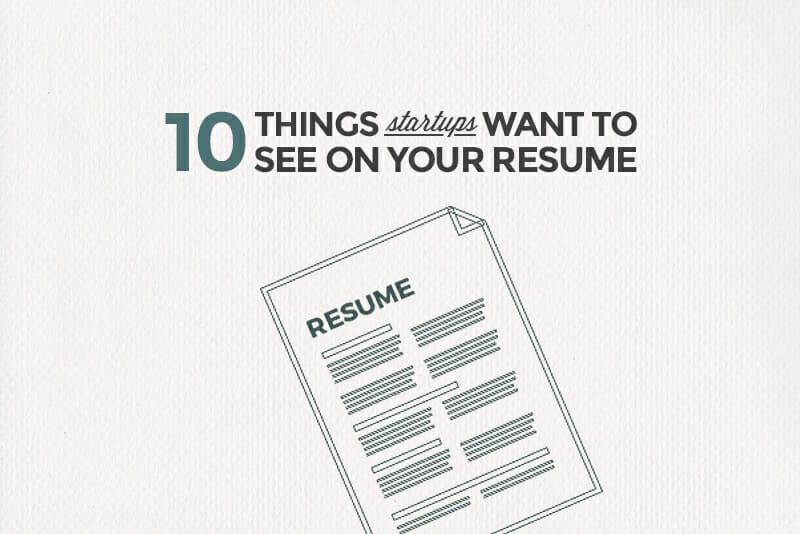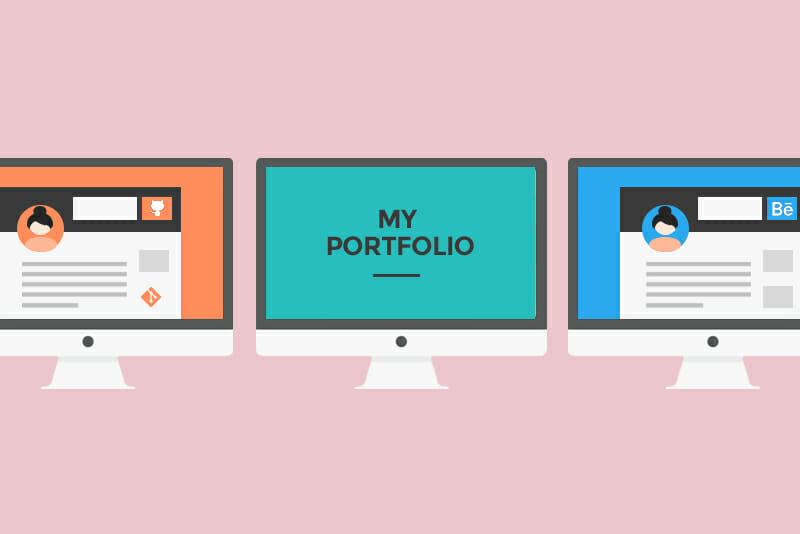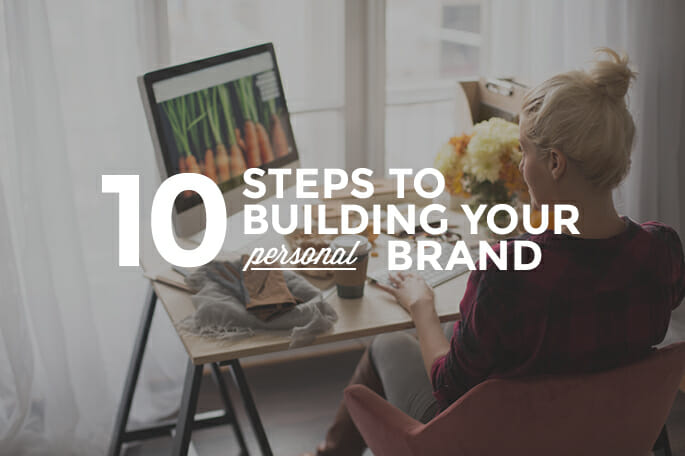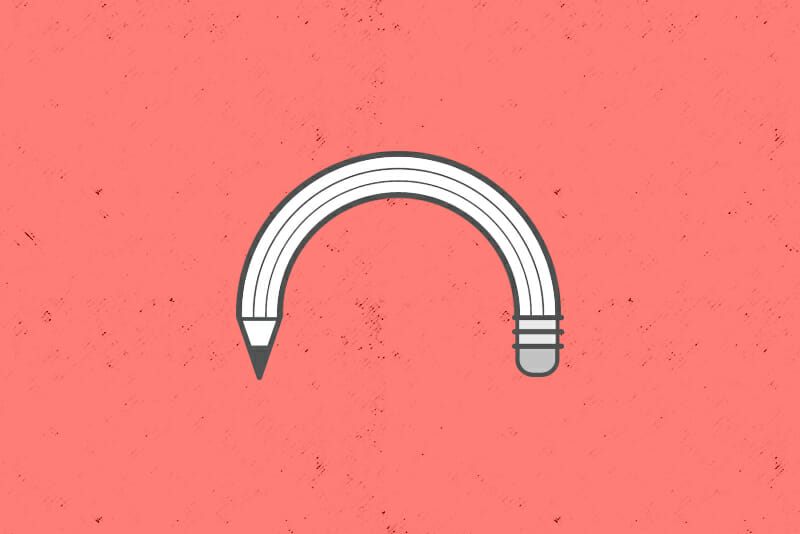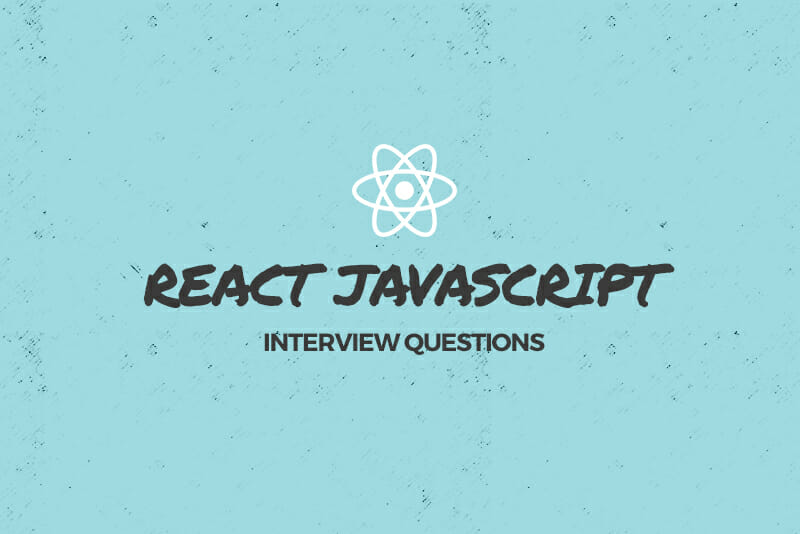Home » Tech Jobs Database » Experience Designer
Experience Designer
Also goes by: User Journey Designer, Holistic Designer, Comprehensive Experience Designer
What Is a Experience Designer?
Experience designers craft holistic experiences that may transcend digital products, focusing on the overall user journey.
How much will I make?
Salaries can range by location and years of experience, but these are averages for the US.
$87,918.00
according to Salary.com
Will I get a job?
Projected job growth is 23% for the period 2021-2031 in the US, according to the U.S. Bureau of Labor Statistics.
21,800
Total Openings
according to bls.gov
Who will I work for?
- Event companies
- Museums and cultural institutions
- Digital agencies
Experience Designer
It’s absolutely possible to become a Experience Designer even if you have no prior experience in tech and no degree. In fact, a career as a Experience Designer is one of the best entry level jobs in tech. Read on to learn how to do it!
Learn The Required Skills
First things first, in order to become a Experience Designer you have to learn the required tech skills!
User Interface Design
UI stands for user interface, and user interface design is the field that involves planning, creating, and improving this aspect of websites and applications.
Read MoreUX Design Principles
UX design principles are guidelines for using design elements to build a layout, optimize a page’s composition, and maximize the overall user experience.
Read MoreService Design
Service design involves designing the entire end-to-end service experience for customers.
User Research
User research involves gathering data and insights about user behavior, preferences, and needs.
Read MoreStorytelling
Storytelling is the art of conveying information or emotions through a narrative structure.
Build A Portfolio
The best way to demonstrate that you have the necessary skills—especially when you have no prior experience—is with a portfolio of professional quality coding samples.
Check out these blog posts for more:
Apply For Tech Jobs
Once you’ve learned all the required technical skills and built a killer portfolio, it’s time to dust off that old resume and LinkedIn profile and hit the pavement, or Internet superhighway as it were, in search of your first job as a Front End Developer!
➡️ Prepare Your Resume, LinkedIn, and Portfolio
Although your most valuable asset as you job search is your portfolio, you do have to cross your t’s and dot your i’s and when it comes to the job search that means optimizing your resume and LinkedIn profile. Tech employers expect you to have all three!
Check out these blog posts for more:
➡️ Build Your Network
Your net worth is in your network, which can be hard when you’re changing careers! But don’t worry, the tech industry is incredibly welcoming to newcomers. Whether you prefer in-person meetups, Slack channels, coffee-over-zoom chats, conferences, hack-a-thons or a little bit of everything, there are tons of opportunities for you to meet fellow techies.
Check out these blog posts for more:
➡️ Find Good Jobs To Apply For
A good job can be hard to find—or is it? The good news about tech is that there are so many openings at so many diverse companies that your biggest challenge will most likely be keeping up with all the opportunities!
Check out these blog posts for more:
➡️ Practice Interviewing
Whether you’re a season pro, or brand new to the tech industry: interviewing for a new job is tough! Add to that technical interviews…and you’ve got a recipe for heartburn, practically guaranteed. Luckily there’s an antacid on the market that works every time: practice. Read on for expert guidance on how to prepare for your next tech job interview.
Check out these blog posts for more:
➡️ Prepare for Technical Tests
Ah the dreaded technical test! Technical tests can come in many different forms: whiteboard tests, pair programming tests, take-home tests, algorithmic tests…just to name a few. Luckily, getting good at technical tests is a skill, just like anything else, and it’s one you can absolutely practice ahead of time.
Check out these blog posts for more:
You Might Also Be Interested In Learning About:
Virtual Reality (VR) Design
Virtual reality designers design immersive experiences for virtual reality platforms.
Learn MoreMultimedia Design
Multimedia designers combine text, audio, graphics, and video to communicate messages.
Learn More
Want more options?
Explore More than 57 tech job Profiles available On the Skillcrush Database
explore the databaseFAQ
-
What does a Experience Designer do?
Experience designers craft holistic experiences that may transcend digital products, focusing on the overall user journey. You will find Experience Designer working at a number of different types of companies including Event companies, Museums and cultural institutions, Digital agencies.
-
How much do Experience Designers make?
Although salaries can range by location and years of experience, the average salary for Experience Designer in the US is $87,918.00 according to Salary.com.
-
Is a Experience Designer the same as a User Journey Designer?
Yes, Experience Designers are sometimes also referred to as User Journey Designer. Other common names for Experience Designer include: Holistic Designer.
-
Are Experience Designer in demand?
Yes, Experience Designer is in high demand: there are currently 21,800 jobs open. And the number of jobs is expected to grow substantially over the next 10 years. Projected job growth is 23% for the period 2021-2031 in the US, according to the U.S. Bureau of Labor Statistics.
-
Is a Experience Designer a good job?
Yes, with an average salary of $87,918.00 according to Salary.com, and 21,800 current job openings, Experience Designer is considered a great job.
-
What skills does a Experience Designer need?
In order to work as a Experience Designer you will need to know a number of different technical skills including .NET, .NET, .NET, .NET, .NET.
-
Is it too late to become a Experience Designer at 35?
Absolutely not! You can become a Experience Designer at any age. And since so many jobs in tech, like Experience Designer, are relatively new, if no one over 35 could become one, there would be even MORE job openings than the 21,800 open Experience Designer roles that there are!


